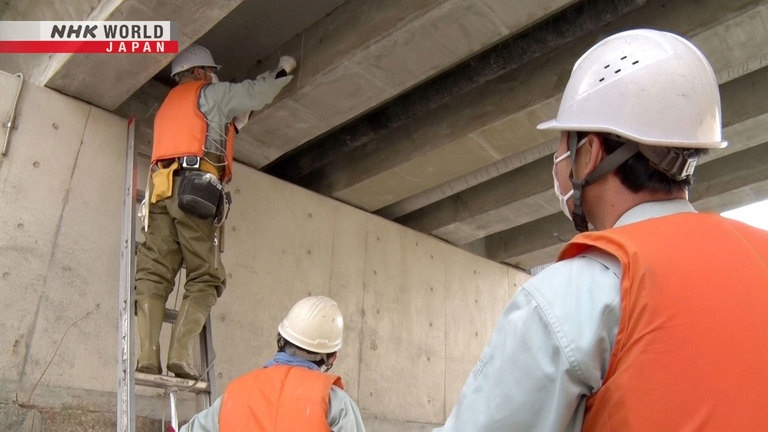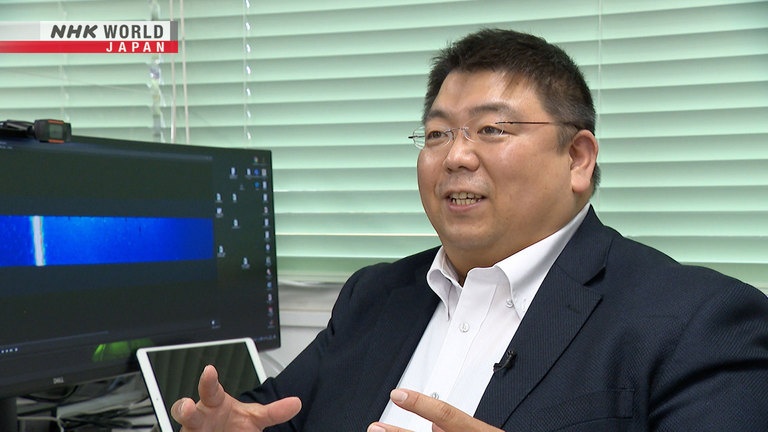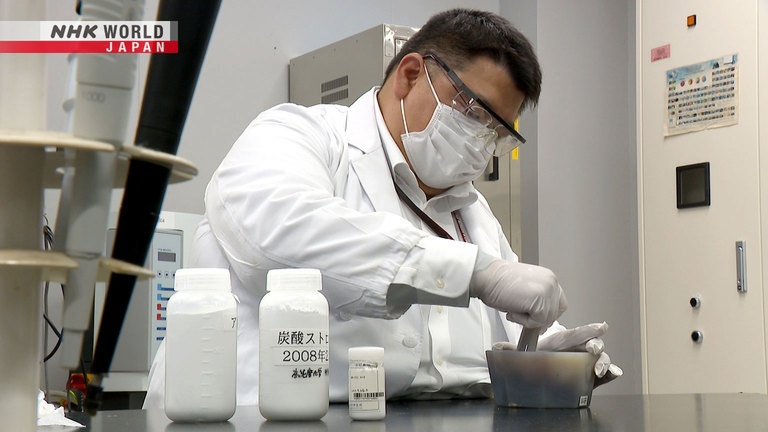Protecting Infrastructure by Visualizing Stress
Both in Japan and other developed countries, social infrastructure built during periods of rapid economic growth is rapidly aging, and accidents involving aging infrastructure are becoming more frequent. The useful life of infrastructure is considered to be about 50 years due to the deterioration of concrete, a key component. Concrete eventually cracks due to internal chemical reactions and external forces, and so-called "moving cracks" that are gradually progressing due to the constant application of force are particularly dangerous. However, finding such cracks is a difficult task that requires significant time and effort. That's why Nao Terasaki, a team leader at the National Institute of Advanced Industrial Science and Technology (AIST), and his colleagues have developed a luminescent material that helps reveal dangerous cracks by making them glow. The technology is called "stress luminescence," which generates faint light at locations inside an object where force is concentrated. This makes it possible to see cracks in progress, including both small ones as well as those likely to occur in the near future. In this episode of Science View, we'll examine Terasaki's groundbreaking research that has made stress visible.


